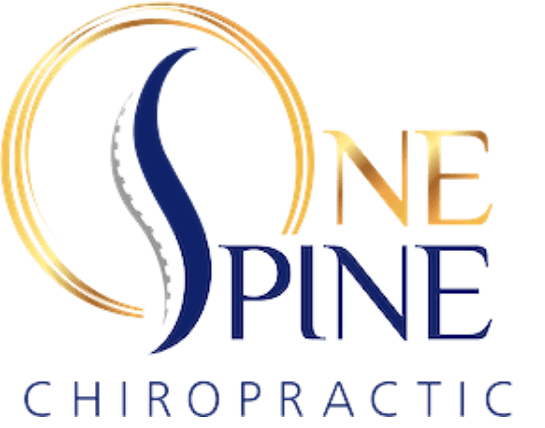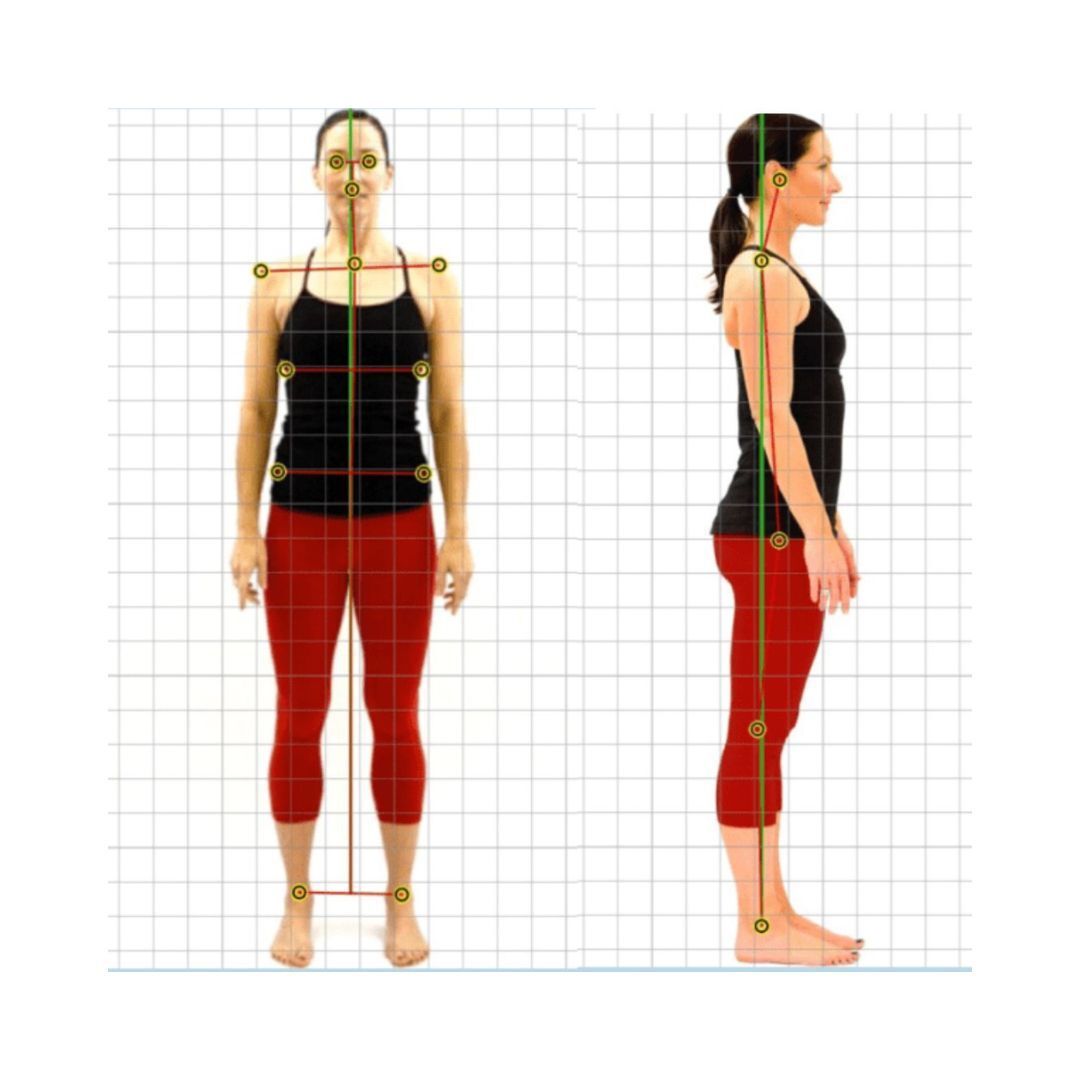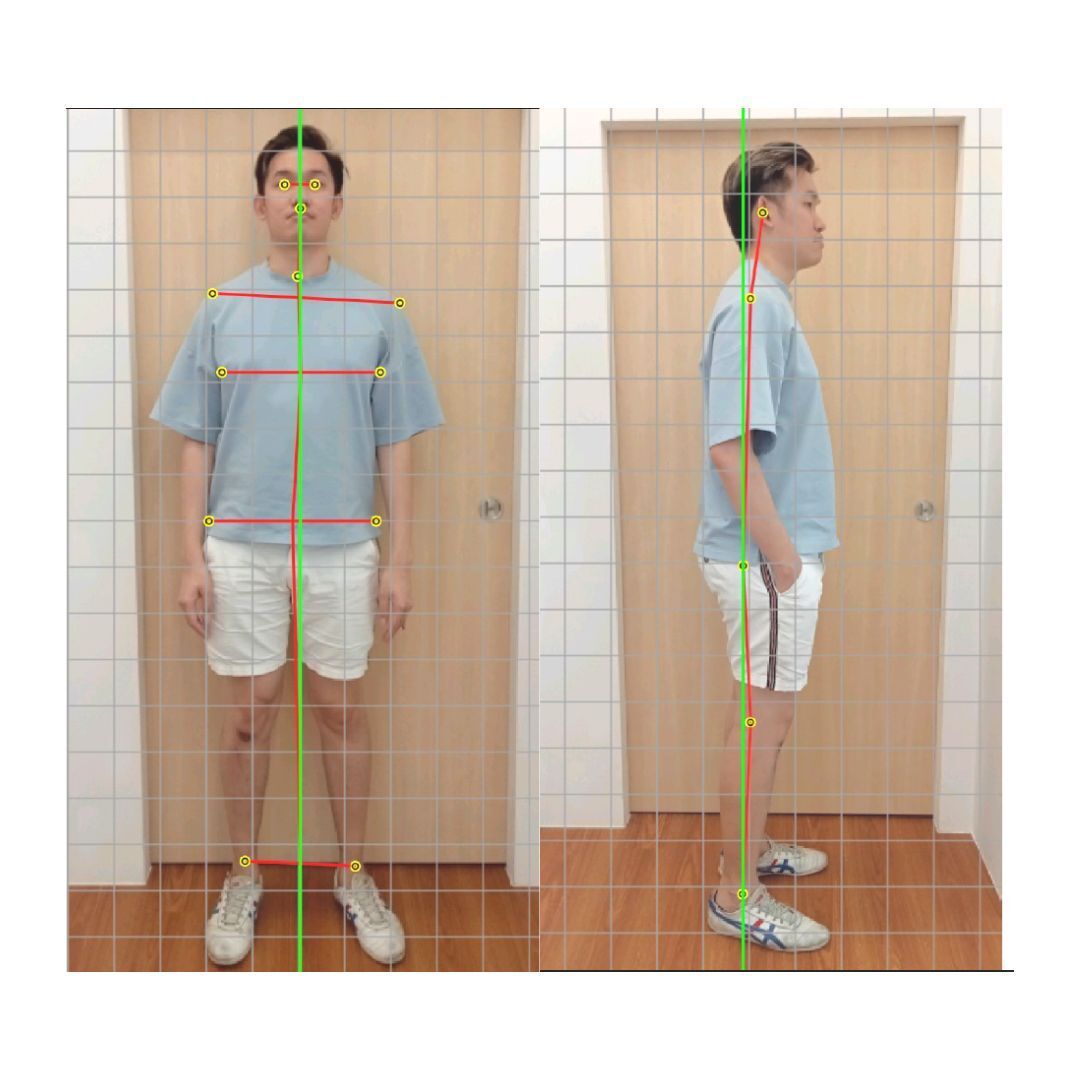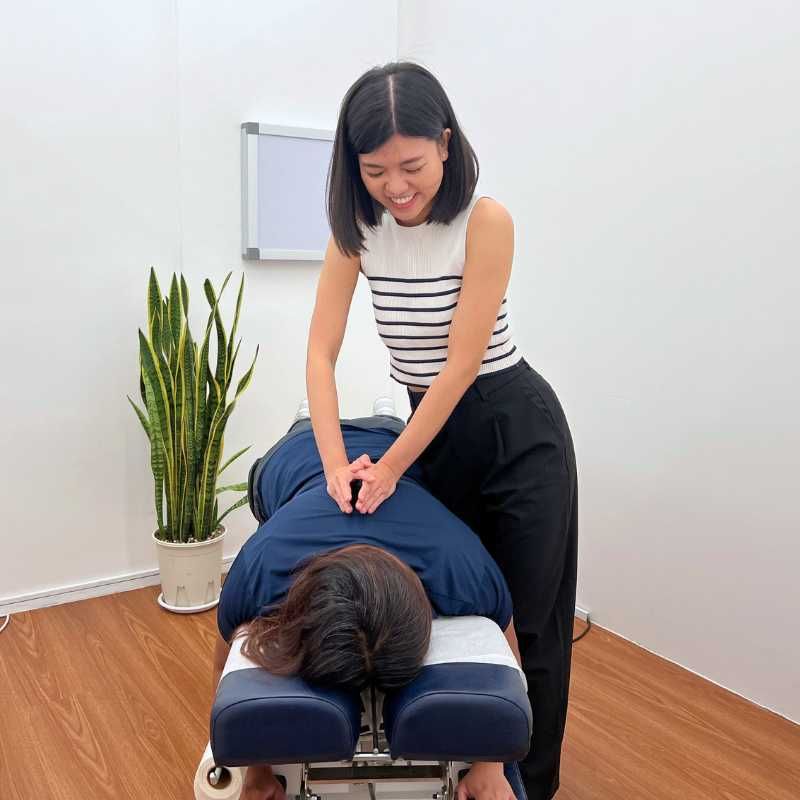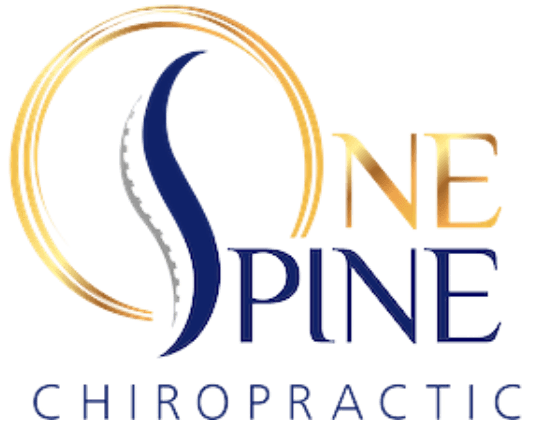Heat Pack vs. Ice Pack: Which is Best for Back Pain Relief?
Back pain is a common issue that affects many people, disrupting daily activities and reducing overall quality of life. As chiropractors, we undergo extensive chiropractic education, which includes training in anatomy, physiology, radiology, and hands-on clinical experience.
Chiropractic therapy plays a crucial role in managing back pain by addressing issues in the neuromusculoskeletal system. We often recommend both heat packs and ice packs as part of a comprehensive pain management strategy. But which one should you use for back pain relief?

Understanding Heat Packs
What Are Heat Packs?
Heat packs are therapeutic devices designed to apply heat to specific areas of the body. They come in various forms, including electric heat pads, water filled or microwavable heat packs, and chemical heat packs that activate upon exposure to air.
Benefits of Heat Packs
From a chiropractic perspective, heat therapy, also known as thermotherapy, works by increasing blood flow to the affected area. This helps to relax muscles, reduce stiffness, alleviate pain, increase blood flow and in turn flush out inflammation. The warmth from heat packs can also promote the healing of damaged tissues and increase flexibility, making it easier to perform chiropractic adjustments and therapeutic exercises.
When to Use Heat Packs for back Pain
As chiropractors, we often recommend heat packs for chronic back pain and muscle stiffness. They are ideal for use before physical activity to loosen tight muscles and after activity to relieve muscle tension. Heat packs can also be beneficial before a chiropractic adjustment to prepare the muscles and joints, enhancing the effectiveness of the treatment. However, heat should not be used on recent injuries or acutely inflamed areas, as it can exacerbate swelling.
Other treatments that can be used alongside heat packs include trigger point therapy and exercise therapy.

Understanding Ice Packs
What Are Crushed Ice Packs?
Ice packs are cold therapy devices that help to reduce inflammation and numb pain. They can be made from gel packs, frozen vegetables, or homemade ice packs using ice cubes wrapped in a towel.
Benefits of Ice Packs
Cold therapy, or cryotherapy, constricts blood vessels and reduces blood flow to the affected area, which helps to decrease inflammation and swelling. The cold temperature can also numb sore tissues, providing temporary pain relief.
In chiropractic care, ice packs are often used to manage acute injuries or inflammation, providing a non-invasive method to control pain and swelling. Medical doctors also recommend cold therapy for inflammation and pain relief.
When to Use Ice Packs
Ice packs are most effective for acute injuries and inflammation, such as a sudden back injury or flare-ups of conditions like sciatica. They are best used immediately after an injury to minimise swelling and reduce pain.
In chiropractic practice, we recommend using ice packs within the first 48 hours of an injury to control inflammation and prepare the area for subsequent chiropractic adjustments.
It is normal to experience a mild headache as a side effect of using ice packs. If the headache persists or you notice any unusual symptoms, consult your primary care physician.
Choosing Between Heat Packs and Ice Packs
Deciding between heat packs and ice packs depends on the nature of your back pain. Here are some guidelines to help you choose from a chiropractic perspective:
Use Heat Packs If:
- You have chronic neck or back pain or muscle stiffness.
- You need to relax and soothe tight muscles.
- You are preparing for physical activity or dealing with post-activity soreness.
- You are about to receive a chiropractic adjustment.
- You are preparing for a spinal adjustment.
Use Ice Packs If:
- You have a recent back injury or acute inflammation.
- You need to reduce swelling and numb the area.
- You are within the first 48 hours of an injury.
- You have inflammation following a chiropractic adjustment.
Tips for Safe Use of Heat Packs and Ice Packs
Heat Packs:
- Do not use for more than 20-30 minutes at a time.
- Avoid falling asleep with a heat pack on.
- Ensure the heat pack is not too hot, to prevent burns.
Ice Packs:
- Do not apply ice directly to the skin; use a cloth or towel as a barrier.
- Limit use to 15-20 minutes at a time.
- Allow skin to return to normal temperature between applications.
Conclusion
Both heat packs and ice packs can be highly effective for back pain relief, depending on the cause and nature of the pain. At One Spine Chiropractic, we prioritise our clients' well-being by integrating these therapies into our treatments to enhance patient outcomes.
Heat packs are best for chronic pain and muscle tension, while ice packs are ideal for acute injuries and inflammation. Understanding the benefits and appropriate uses of each can help you manage your back pain more effectively.
If you're experiencing back pain and unsure which treatment is best, our experienced chiropractors at One Spine Chiropractic can provide personalised recommendations. Contact us today to schedule your consultation and take the first step towards a pain-free life.
Book An Appointment Now
Find Relief from Back Pain Today!
Don’t let back pain control your life.
Schedule your consultation with One Spine Chiropractic Singapore and take the first step towards a pain-free, healthier you.
